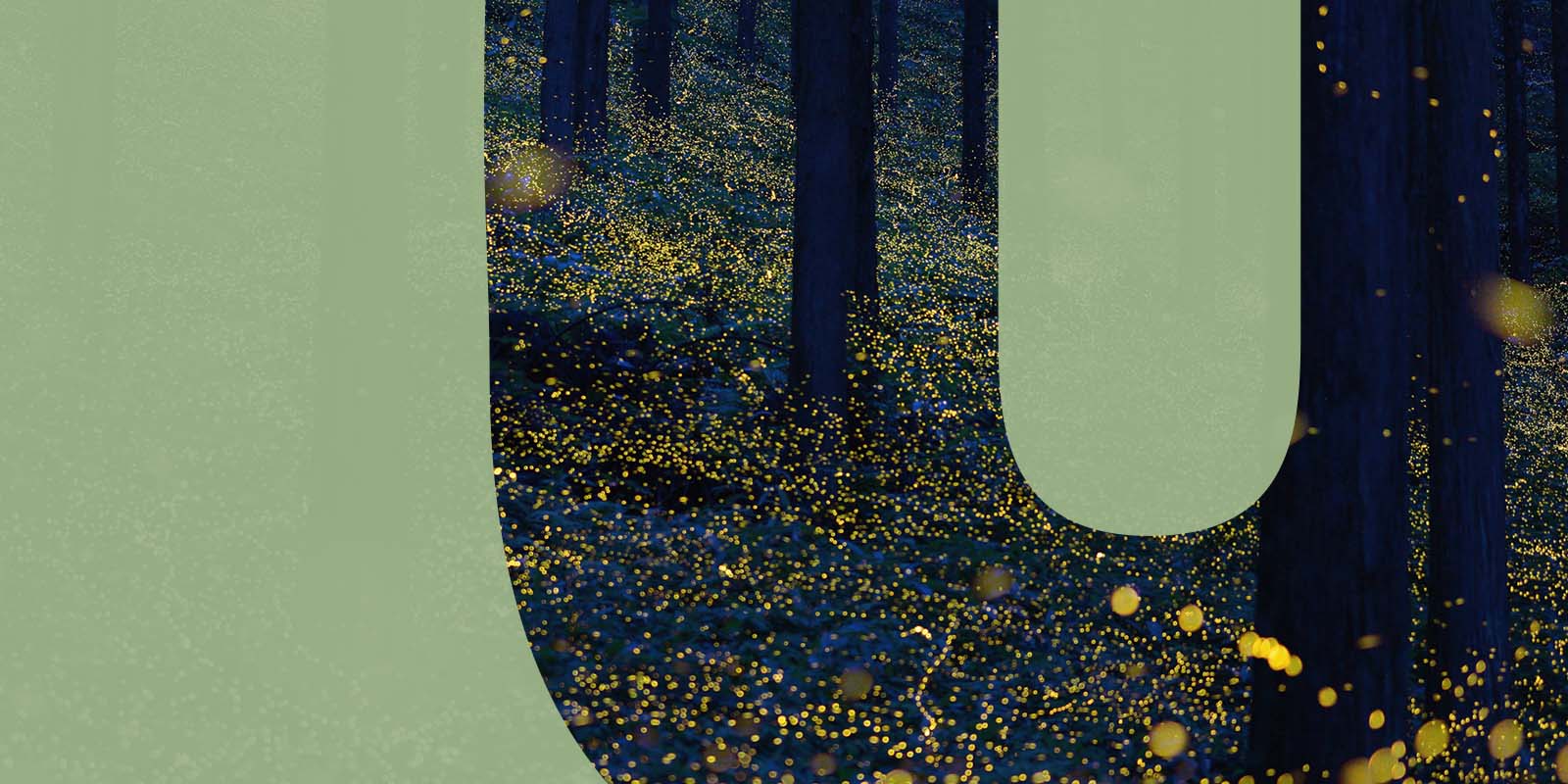
Experiments in Bioluminescence: Can Trees Glow in the Dark?
We are reader-supported. When you buy through links on our site, we may earn affiliate commission.
Can trees glow in the dark?
People have been experiencing the natural wonder of bioluminescence for millennia. Bioluminescent plants and animals give off a blue, green, or orange glow that seems both alien and strangely familiar. This may be because most examples of bioluminescence are found in marine environments.
Blue light is most visible underwater, which may be why most marine animals glow with cool colors. In contrast to fire, which gives off light and heat, bioluminescence primarily creates light. That’s why Aristotle referred to it as “cold light” in 350 B.C.
Excited by the possibility of reducing energy use, scientists have made several attempts to harness the power of bioluminescence for terrestrial plants, such as house plants and trees. Although no glowing trees exist as of yet, the attempt has given scientists the opportunity to study bioluminescence in more depth.
What is Bioluminescence?
Bioluminescence is a type of chemiluminescence, or a chemical process that creates light. When light is produced chemically in a living organism, that’s known as bioluminescence. Many marine organisms and types of fungi are bioluminescent.
Although the chemical process to create bioluminescent light varies by species, all bioluminescence is dependent on the presence of two chemicals: luciferin and luciferase. When combined with oxygen, the molecule luciferin creates light. Luciferase or photoproteins can enhance this reaction.
By controlling their internal chemistry, many bioluminescent animals can regulate when they light up and even what color they become. Amazingly, this ability to regulate light holds true even for species that have symbiotic relationships with bioluminescent organisms.
Plant and animal species use bioluminescence for many different purposes. For example, light can either be used to attract attention or to hide. Many plants and animals use bioluminescence to lure prey and to camouflage themselves, as well as for reproductive purposes.
Natural Examples of Bioluminescence
Fireflies are probably the most familiar example of bioluminescence. During their larval stage, fireflies light up to warn predators that they taste terrible. As adults, these insects create flash patterns with their bioluminescent lights to attract mates.
Other examples of bioluminescence in the natural world include mushrooms from the genus Mycena and many species of algae. For example, in some parts of the world, the ocean exhibits an algae phenomenon known as sea sparkle. When disturbed, bioluminescent plankton in the water emit a glowing blue light.
While some bioluminescent species create their own chemical light, others have symbiotic relationships with bioluminescent microorganisms. For example, the Hawaiian bobtail squid forms a relationship with the glowing bacteria Vibrio fischeri soon after being born.
With the help of these glowing bacteria, the squid is able to lose its shadow and become invisible while it hunts or hides from predators. The relationship between this squid and bacteria is so intimate that it affects the animal’s body clock and its immune system.
Are There Bioluminescent Trees?
In India, bioluminescent fungi grow on wood in wet conditions and can make it look like the tropical forest is glowing. However, this is as close as nature gets to bioluminescent trees. There are no known species of trees that emit bioluminescent light of their own accord.
However, this hasn’t stopped scientists from considering how glowing trees could benefit society. In 2015, electric lighting accounted for about 15% of energy use worldwide. Although LED bulbs are reducing this energy output, the ability to grow natural light sources would be even better.
In 2013, the Glowing Plant project attempted to insert bioluminescent genes into a potted plant. Although they were able to create a plant that emitted weak light, the technical challenges were harder than they anticipated and the project eventually fell through.
Dutch researchers with the company Allumen also experimented with glowing trees. While they were able to isolate the relevant genes, inserting them into plants proved too complicated. More recently, scientists working out of Russia and Austria used a different approach to get tobacco plants to glow.
Can Trees Glow in the Dark?
Although scientists are learning more about how bioluminescence works, replicating cold light in complex organisms is incredibly complicated. Even if scientists are able to create and regulate glowing trees, environmentalists are concerned about the potential effect they could have on surrounding wildlife.
For example, city lights left on overnight can confuse birds by throwing off their internal clocks. Replacing streetlamps with glowing trees would also illuminate a part of nature that serves as a natural refuge for many bird and insect species. In addition, there would be no way to control the cross-pollination of plant species.
Although the answer to “can trees glow in the dark?” is no for now, it’s no wonder that they continue to capture the scientific imagination. They represent a unique partnership between science and nature that could benefit both humanity and the planet – in a spectacularly beautiful way.
Share on
Like what you read? Join other Environment.co readers!
Get the latest updates on our planet by subscribing to the Environment.co newsletter!
About the author

Jane Marsh
Starting from an early age, Jane Marsh loved all animals and became a budding environmentalist. Now, Jane works as the Editor-in-Chief of Environment.co where she covers topics related to climate policy, renewable energy, the food industry, and more.





